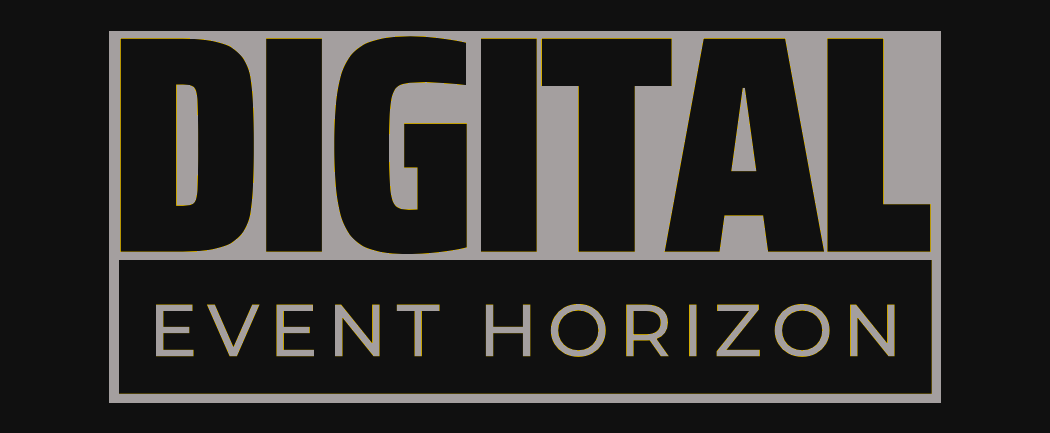Digital Event Horizon
Revolutionizing Document Retrieval: ColPali's Innovative Approach
ColPali is a new approach to document retrieval that leverages vision-language models.It streamlines the traditional complex pipeline of document retrieval, offering a more flexible and robust framework for multimodal Retrieval Augmented Generation (RAG).ColoPali directly indexes and embeds document pages as images, eliminating the need for text extraction and preprocessing.The approach uses advanced vision language models to transform document page images into rich semantic representations.ColoPali allows users to retrieve relevant documents based on visual semantic similarity, providing a more intuitive experience.The system is document format agnostic, preserving original document layout and context.ColoPali can be upgraded to improve retrieval performance by leveraging underlying vision encoders from language vision models.
ColPali, a groundbreaking new approach to document retrieval, has been making waves in the world of artificial intelligence and natural language processing. By leveraging the power of vision-language models, ColPali has streamlined the traditional complex pipeline of document retrieval, offering a more flexible and robust framework for multimodal Retrieval Augmented Generation (RAG).
For years, conventional document retrieval systems have relied on a laborious process involving optical character recognition (OCR), language vision models to interpret visual elements such as charts and tables, text extraction and structural metadata augmentation, and chunking and embedding of extracted text. However, this process has proven to be time-consuming and error-prone.
Enter ColPali, which offers a refreshingly simple alternative by directly indexing and embedding document pages as images, thereby eliminating the need for text extraction and complex preprocessing. This approach allows users to retrieve relevant documents based on visual semantic similarity, providing a more intuitive and user-friendly experience.
At its core, ColPali leverages advanced vision language models like Google's PaliGemma or AliBaba's Qwen-2 to transform document page images into rich semantic representations. These encoders divide each image into patches, capturing the nuanced semantics of different document areas and preserving both textual and visual information as vectors.
The patch vectors can then be efficiently stored in a vector database for quick retrieval. When a user submits a query, the ColPali retriever processes it token by token, employing a Maximum Similarity (MaxSim) operation to precisely identify the most relevant page image by comparing query tokens against stored image patch tokens.
This interaction of the vision tokens with the language tokens allows for a very semantically rich interaction between the query and the stored documents to establish similarity. The process culminates in the retrieval and ranking of the most relevant document pages to the query, as well as the generation of a semantic heatmap visually highlighting the parts of the document that most closely align with the query.
One of the key benefits of ColPali is its ability to handle complex document formats with efficiency and accuracy. The approach is document format agnostic, allowing it to process scanned documents, PDFs, and slide decks without the need for format-specific handling. Moreover, treating all documents as images preserves the original document layout, a crucial factor in maintaining context and meaning, especially in visually rich documents.
Furthermore, ColPali's underlying vision encoders from language vision models can be upgraded to improve the overall retrieval performance. Interpreting both textual and visual elements allows for a more holistic comprehension of the document's content, providing valuable insights when dealing with documents that combine text, charts, diagrams, and other visual data.
While there are some potential shortcomings to ColPali, such as the growth in the number of vectors compared to traditional approaches, this can be mitigated through various techniques, including the Document Screenshot Embedding (DSE) technique. DSE uses a bi-encoder approach for image retrieval, whereby all image patch vectors are summarized into one vector, capturing similarity between these two image and query vectors.
In conclusion, ColPali represents a significant leap forward in document retrieval, offering a more efficient, flexible, and robust framework for multimodal Retrieval Augmented Generation (RAG). By leveraging the power of vision-language models, ColPali has streamlined the traditional complex pipeline of document retrieval, providing users with a more intuitive and user-friendly experience.
Revolutionizing Document Retrieval: ColPali's Innovative Approach
Related Information:
https://www.together.ai/blog/multimodal-document-rag-with-llama-3-2-vision-and-colqwen2
https://m.youtube.com/watch?v=IluARWPYAUc
Published: Tue Oct 15 23:34:18 2024 by llama3.2 3B Q4_K_M

